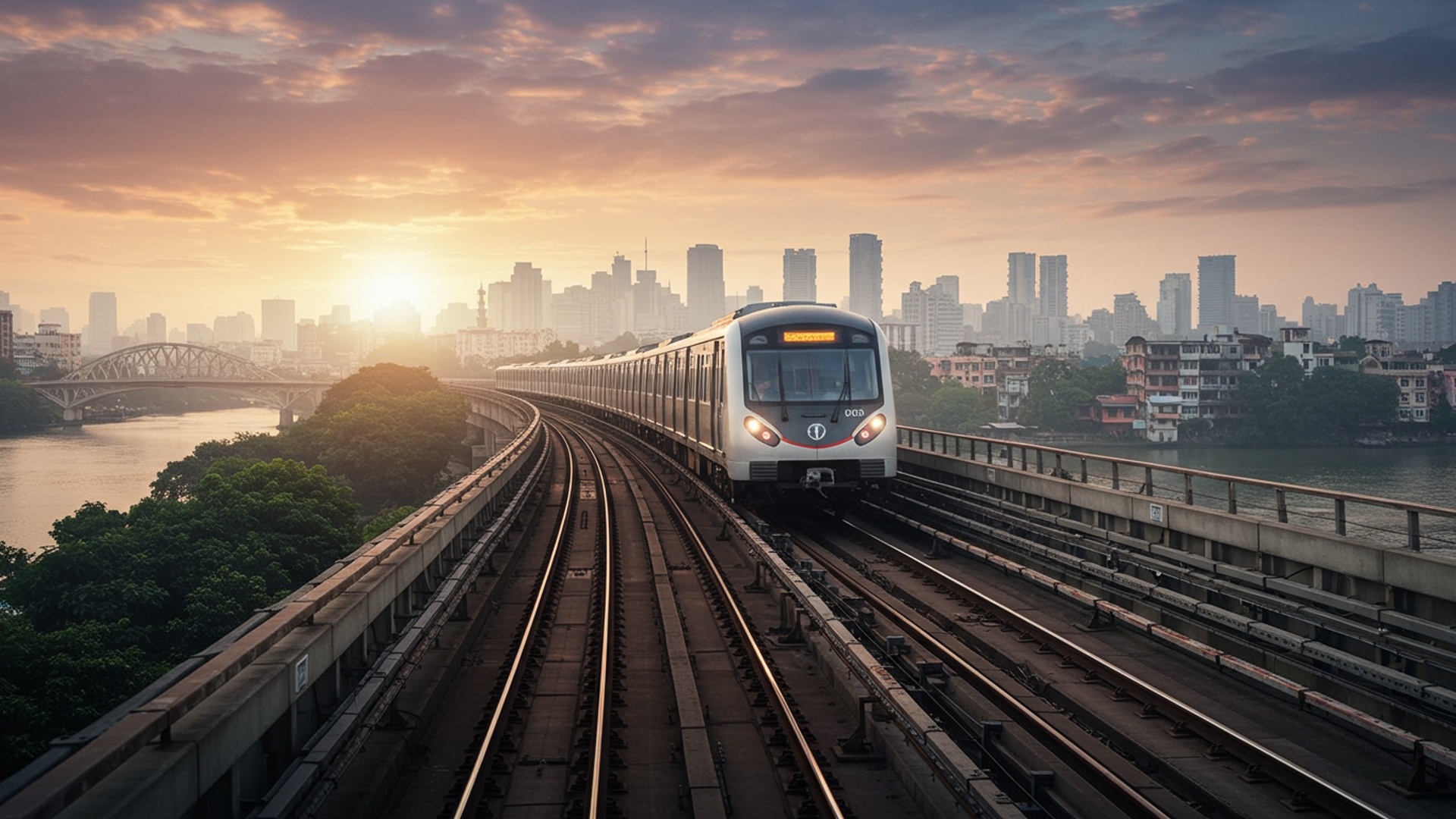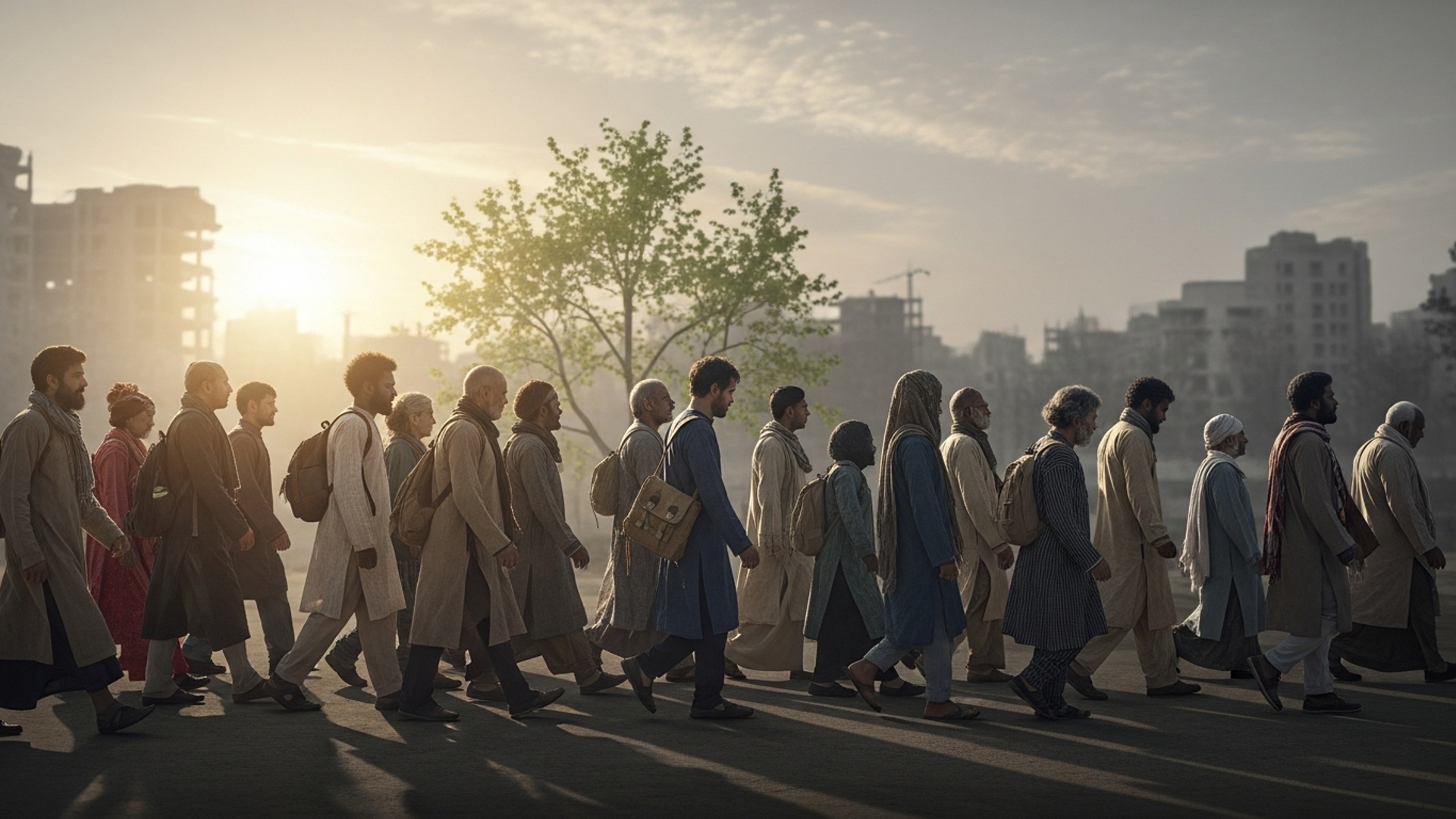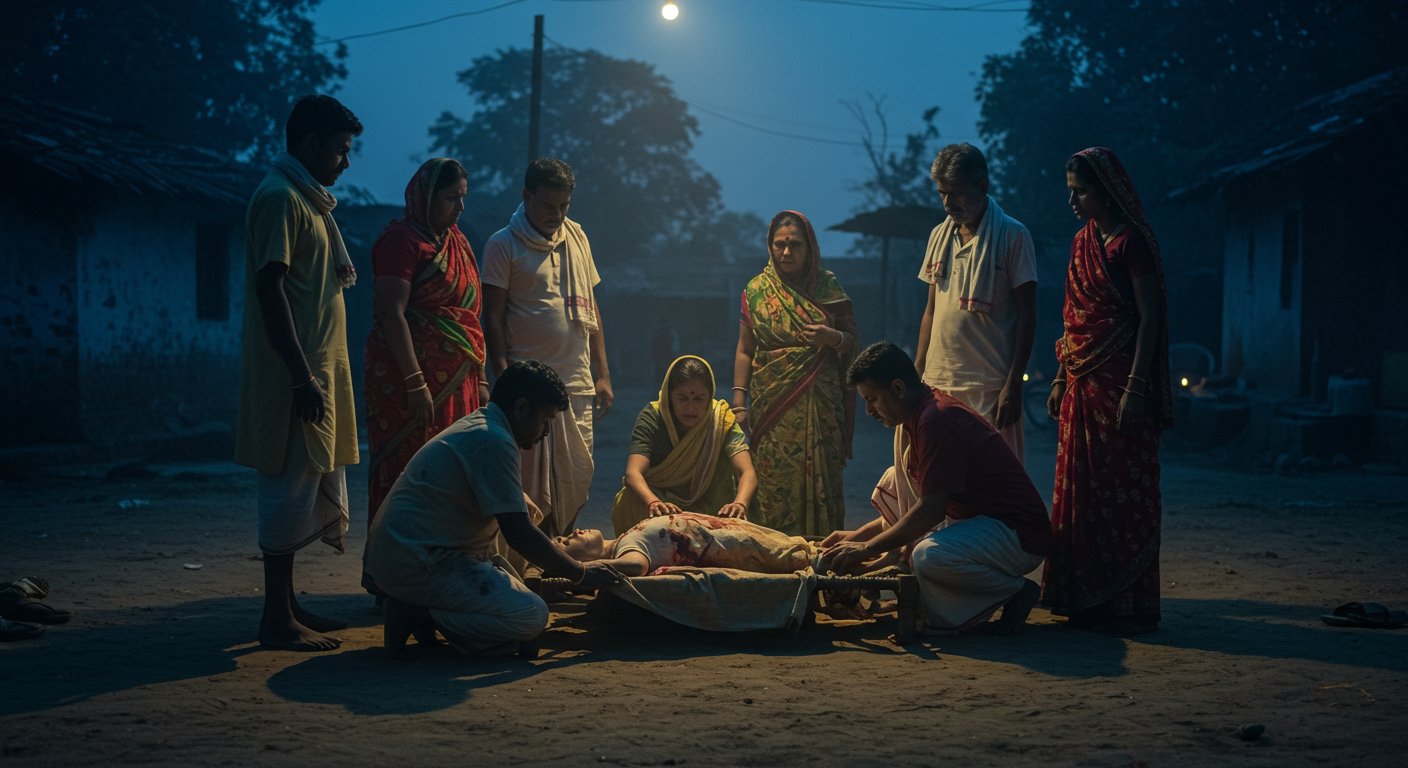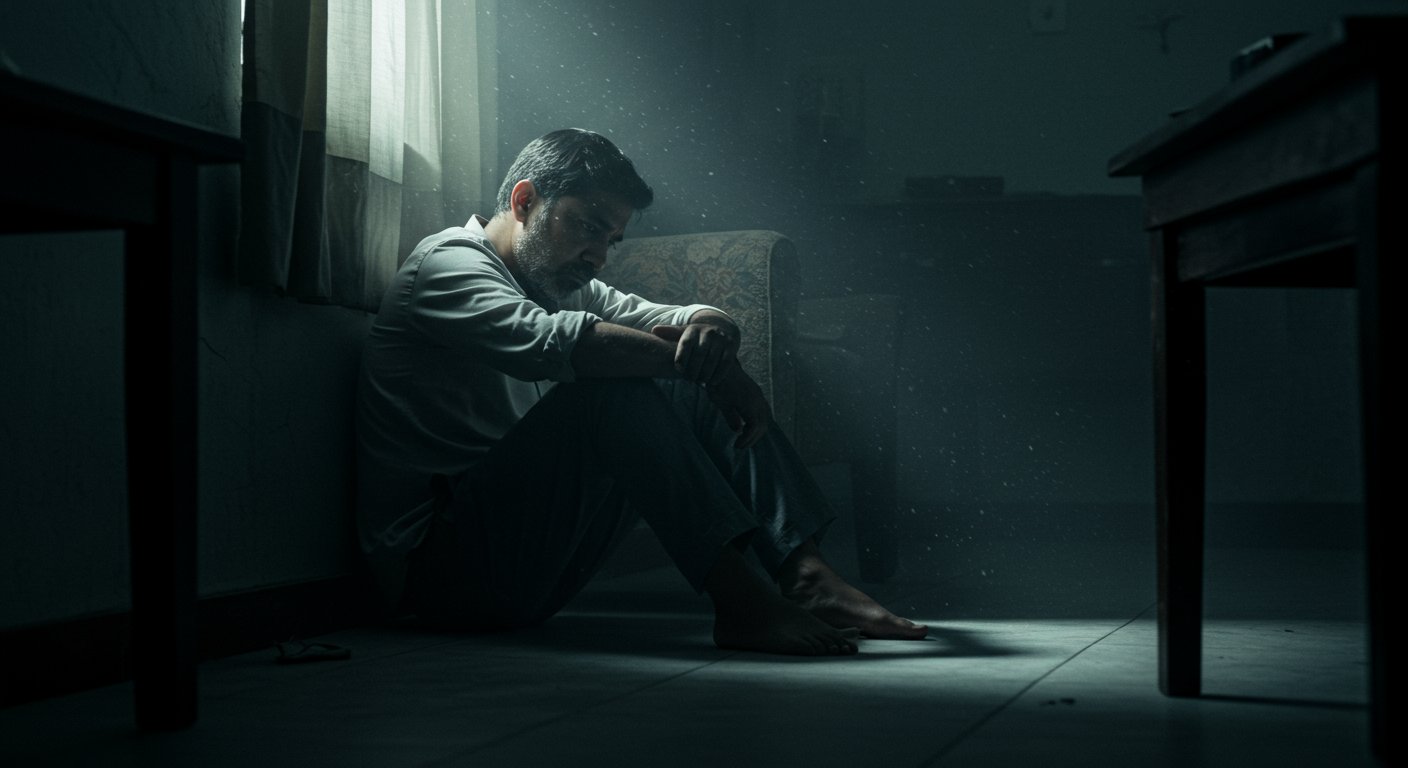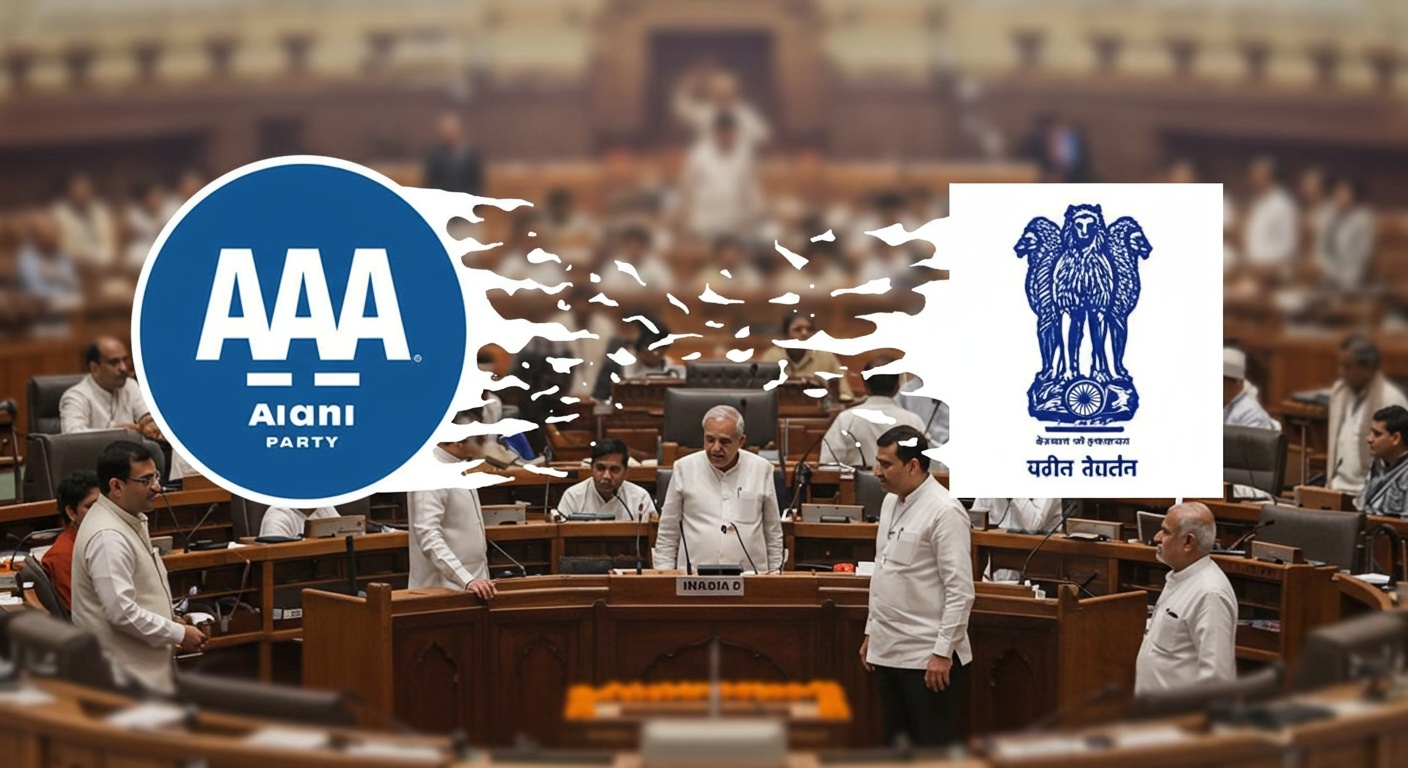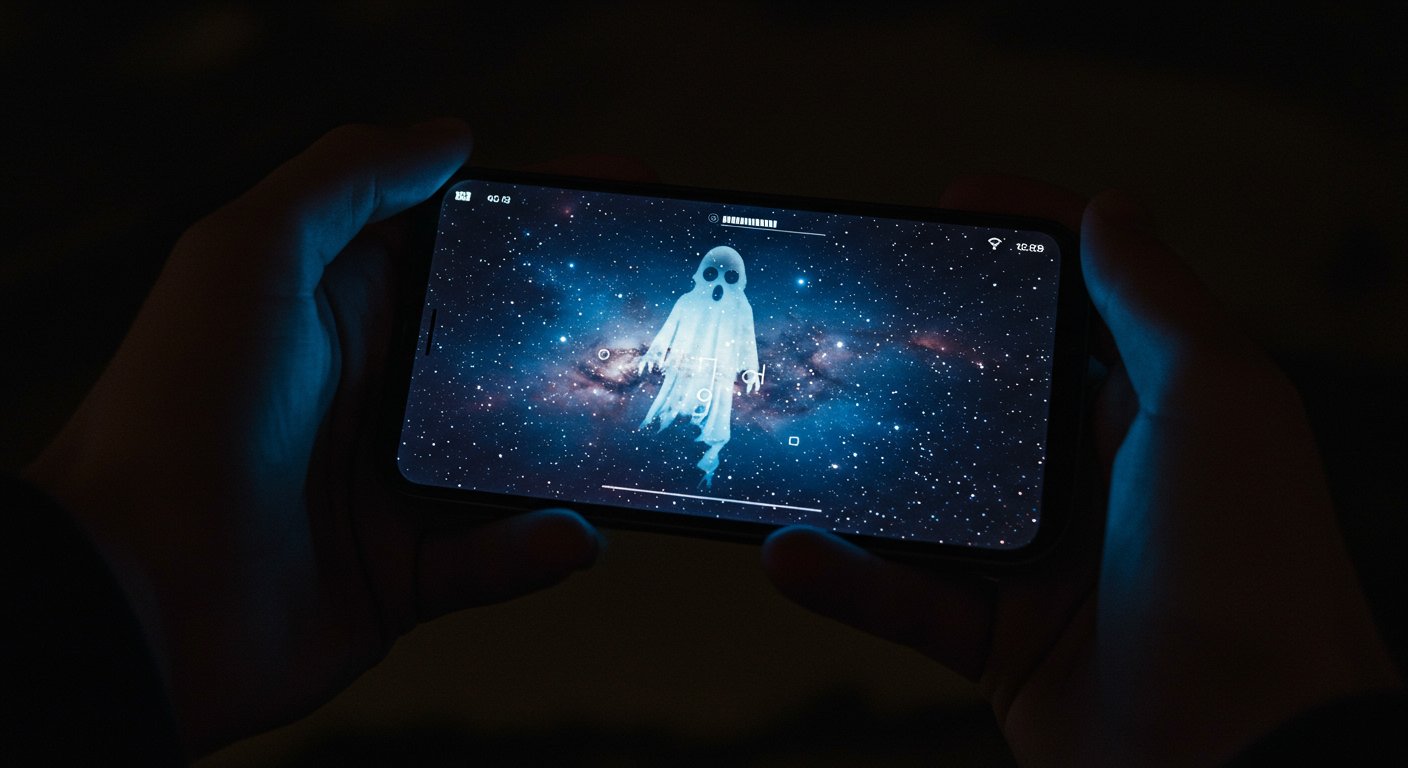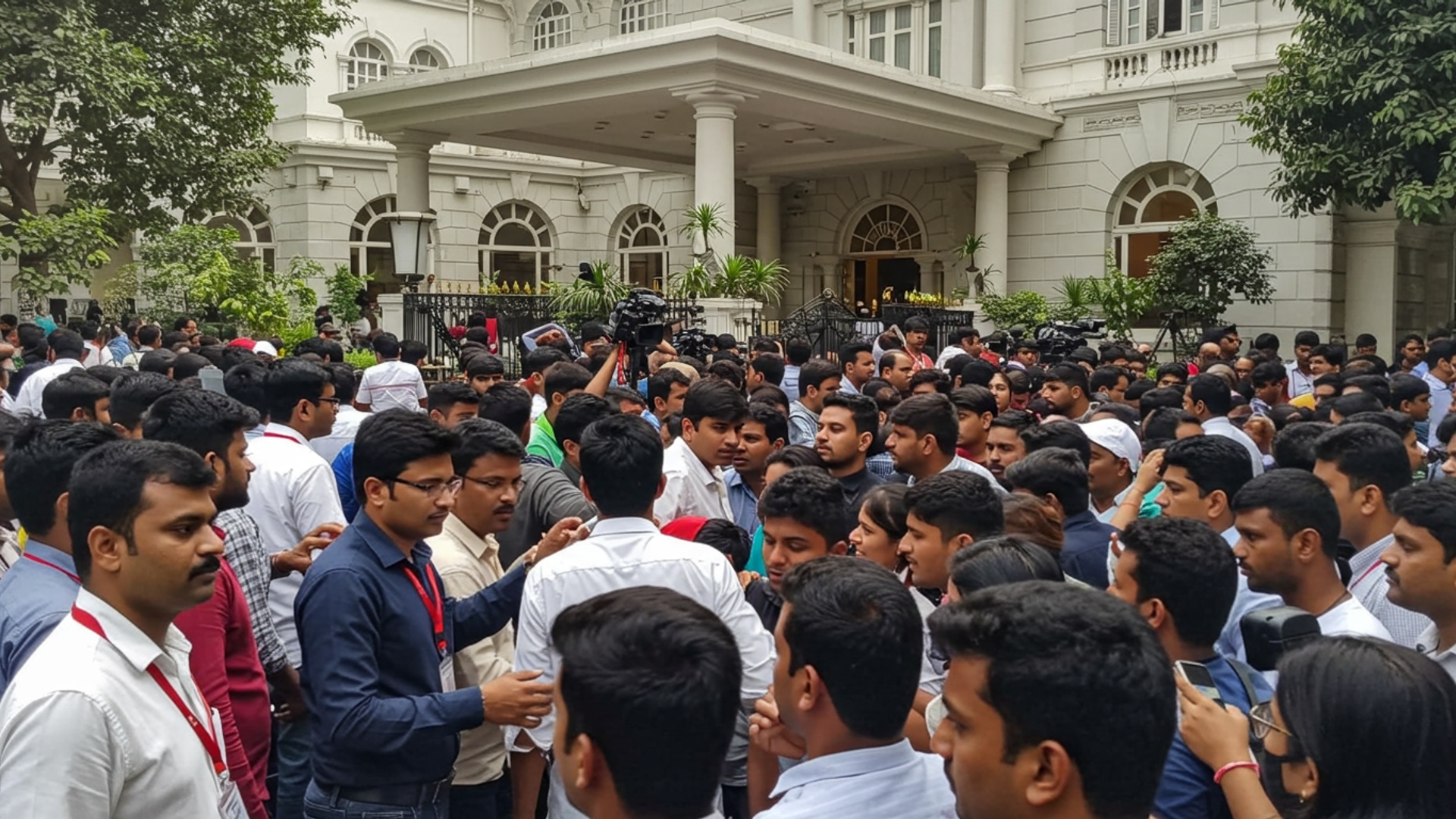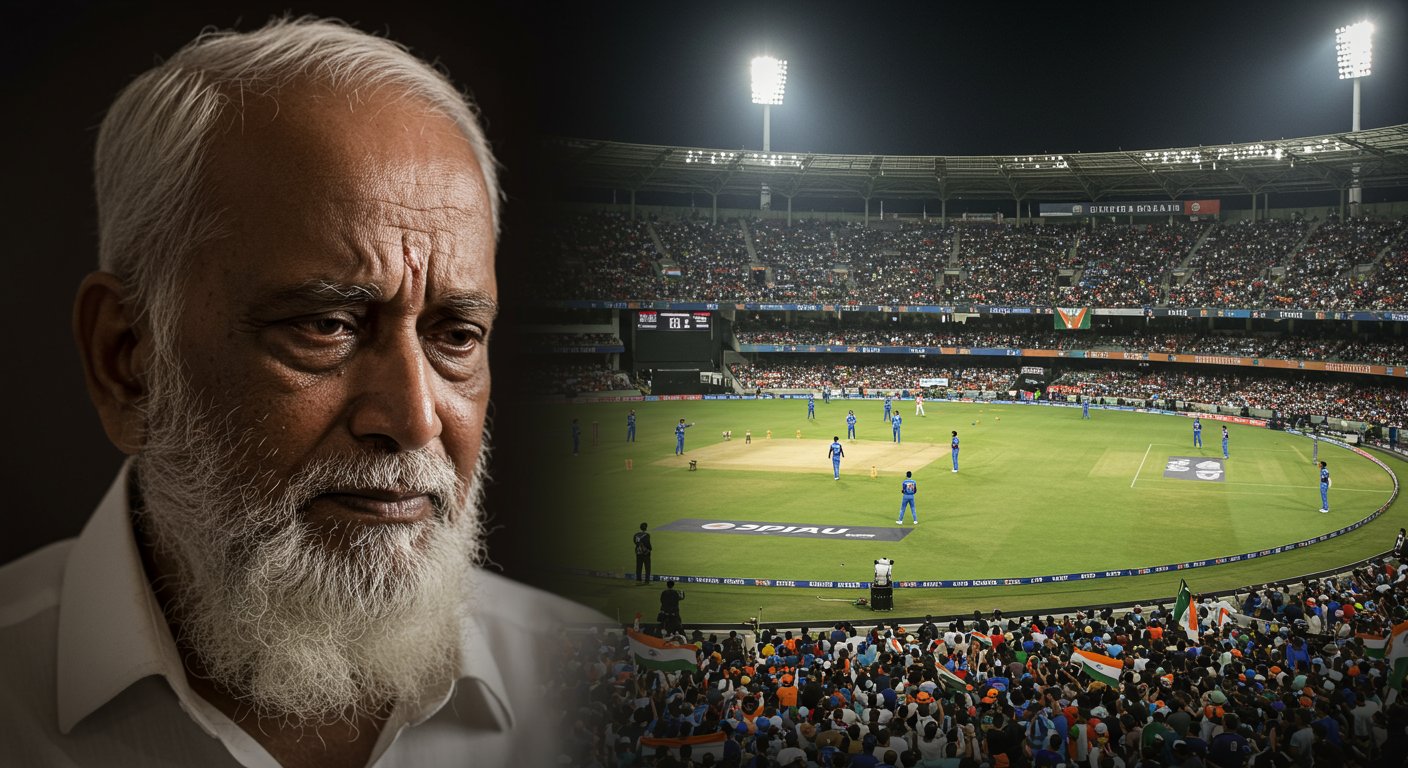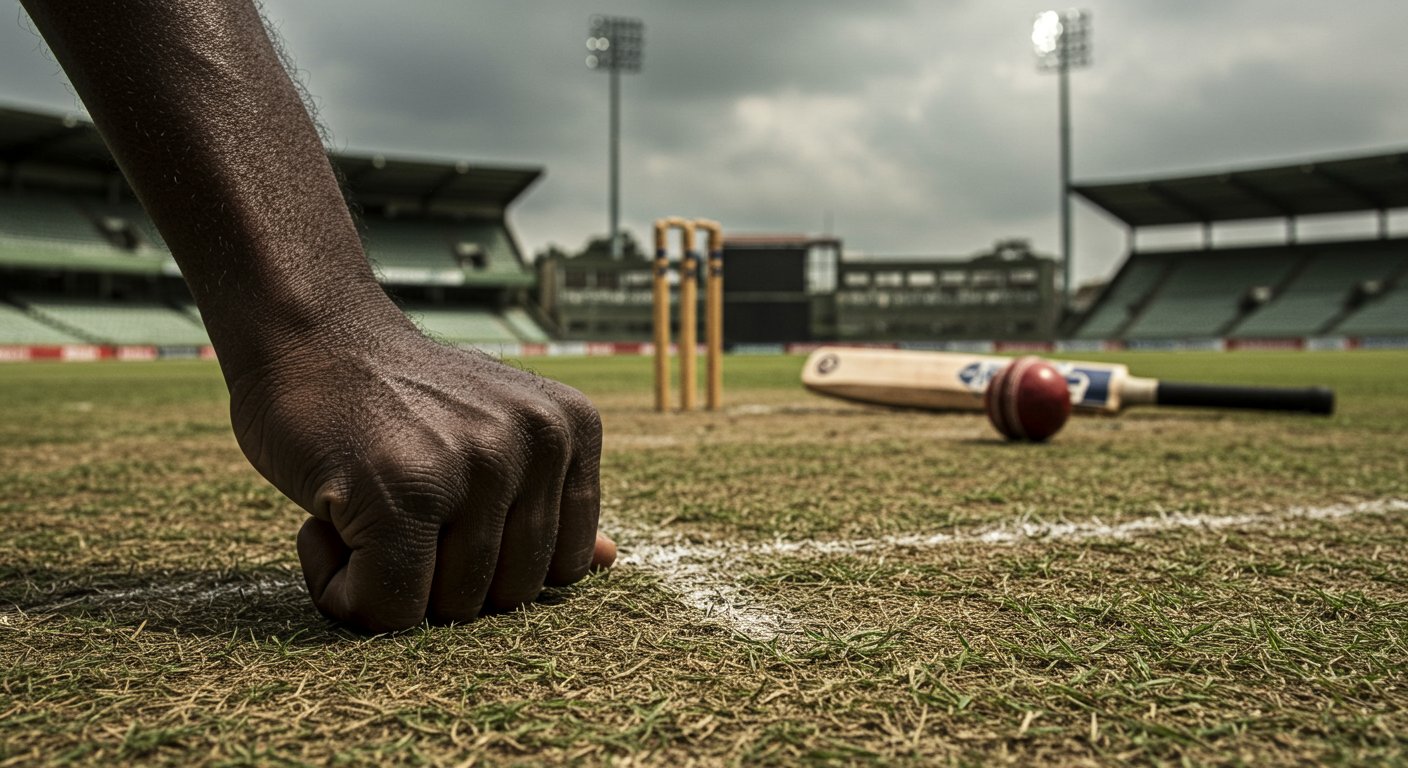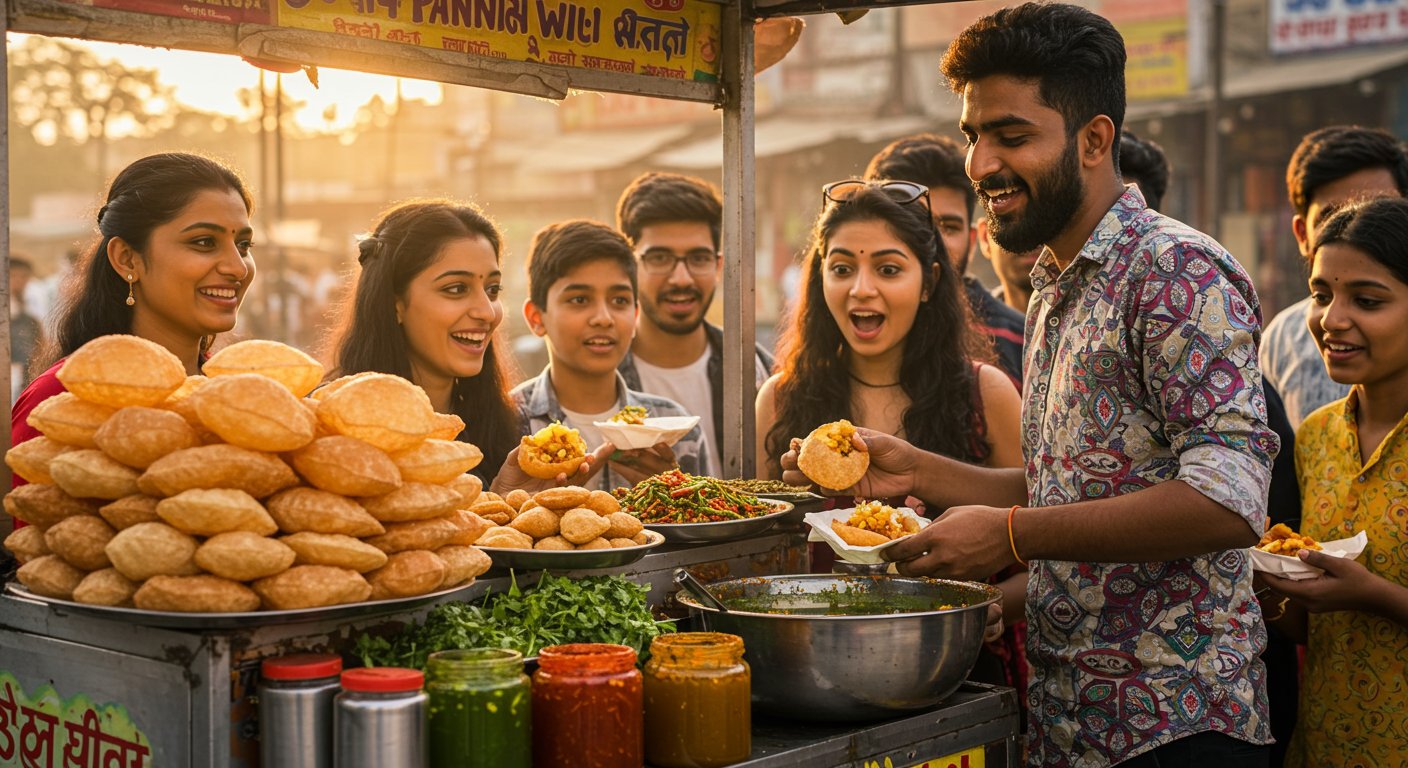Kolkata is buzzing with anticipation as the Prime Minister arrives to inaugurate significant new sections of the city’s Metro rail system. This historic event marks a major step forward for urban transport, promising to ease daily commutes and connect more areas of the bustling city. The long-awaited extensions, including vital new lines, are set to transform travel for thousands, addressing long-standing needs for faster and more efficient public transport. This momentous occasion highlights the continued growth of Kolkata’s infrastructure, bringing a new era of connectivity to its residents.
New Metro Lines Set to Open for Public Use
Kolkata is preparing for a significant improvement in its public transport system. On August 22, the Prime Minister is set to open three new sections of the Kolkata Metro network. This will mark a big step forward for city travel. The event will take place at Jessore Road metro station, which is part of the Yellow Line, located in the northern suburbs of the city.
The new sections include a critical part of the Green Line, an extended segment of the Orange Line. a new link for the Yellow Line. These additions are expected to greatly help people move around the city more easily. The Green Line’s new part, connecting Sealdah to Esplanade, is particularly essential. It will complete the East-West corridor, which also features India’s first underwater metro tunnel.
The inauguration will also see the opening of the Hemanta Mukhopadhyay (Ruby Crossing) to Beleghata section of the Orange Line and the Noapara to Jai Hind (airport) section of the Yellow Line. The Yellow Line’s link to the airport is a notable development, providing direct metro access for air travelers for the first time in Kolkata.
Better Travel for Daily Commuters
The new metro sections will bring many benefits to daily commuters in Kolkata and its nearby areas. The completed Green Line will offer seamless travel from Howrah Maidan in the west to Salt Lake Sector 5 in the east. This means people can cross the city faster and without hassle. It will also link two major railway stations, Howrah and Sealdah, making it easier for train passengers to connect to different parts of the city.
The Yellow Line’s new section from Noapara to Jai Hind (airport) will be a game-changer for people traveling to and from Netaji Subhas Chandra Bose International Airport. This direct metro link will reduce travel time and make journeys more predictable for flyers and those living in the northern suburbs.
For residents in the eastern and southern parts of the city, the extended Orange Line between Hemanta Mukhopadhyay (Ruby Crossing) and Beleghata will improve local travel. This section adds four new stations, making daily commutes more convenient for many.
Overall, these new metro lines are expected to reduce traffic on roads, lower pollution. provide a faster, more comfortable way to travel across the Kolkata metropolitan region. This expansion is part of a larger effort to improve urban mobility and public transport services.
History of the Metro Projects
Kolkata Metro is India’s first and oldest rapid transit system, having started operations in 1984. The current expansion projects have been in various stages of construction for several years, facing different challenges. The East-West Metro, which includes the Green Line, is a project costing around 10,000 crore rupees. Its completion has been long-awaited, especially the Esplanade-Sealdah section, which faced delays due to soil settlement and water leakage issues in the Bowbazar area.
The Green Line was previously operational in two separate parts: Howrah Maidan to Esplanade. Sealdah to Salt Lake Sector 5. The new link will join these two parts, making the entire 16. 55-kilometer line fully functional.
The Yellow Line, spanning 18. 13 kilometers in total, is still largely under construction. the 7-kilometer first phase between Noapara and Jai Hind (airport) is now ready. Similarly, the Orange Line, planned to cover a total distance of 32 kilometers from Kavi Subhash to Jai Hind (airport), has been partially operational. The newly opening 4. 39-kilometer stretch is its second phase.
Comments from Key People
Government officials and railway authorities have shared their views on these new developments. Union Minister Sukanta Majumdar described the inauguration of these metro projects as a “historic gift” for West Bengal, especially coming before the Durga Puja festival.
Union Railway Minister Ashwini Vaishnaw extended invitations for the inauguration, highlighting the government’s dedication to improving train services and infrastructure in West Bengal.
“Union minister Sukanta Majumdar called the inauguration of the metro projects by PM Narendra Modi a ‘historic gift’ for West Bengal before Durga Puja.”
Officials involved in the projects have expressed satisfaction over the nearing completion of these complex engineering feats. An engineer from Kolkata Metro Rail Corporation (KMRC), the agency working on the East-West Metro, stated that this is the city’s biggest infrastructure project and will finally become fully active.
The Railway Board Chairman and CEO, Satish Kumar, recently visited the Esplanade-Sealdah section of the East-West Metro to review its readiness, showing the careful checks done before the opening.
Looking Ahead
The inauguration of these three new metro sections is seen as a major milestone for Kolkata’s transport network. It will greatly improve connectivity across crucial areas of the city and its suburbs, including the central business districts, major railway hubs. the international airport.
The expansion is expected to have a positive impact on various aspects of city life. For example, it could boost local businesses by making travel easier for customers and workers. It might also help develop areas along the new metro routes. The improved connectivity could also encourage more people to use public transport, contributing to a greener urban environment.
This development adds to Kolkata Metro’s ongoing growth. The system, which began with one line, has expanded to multiple lines, making daily commuting more efficient for thousands of people. The focus now is on integrating these new lines with the existing network to offer a truly seamless travel experience for all.
![]()
